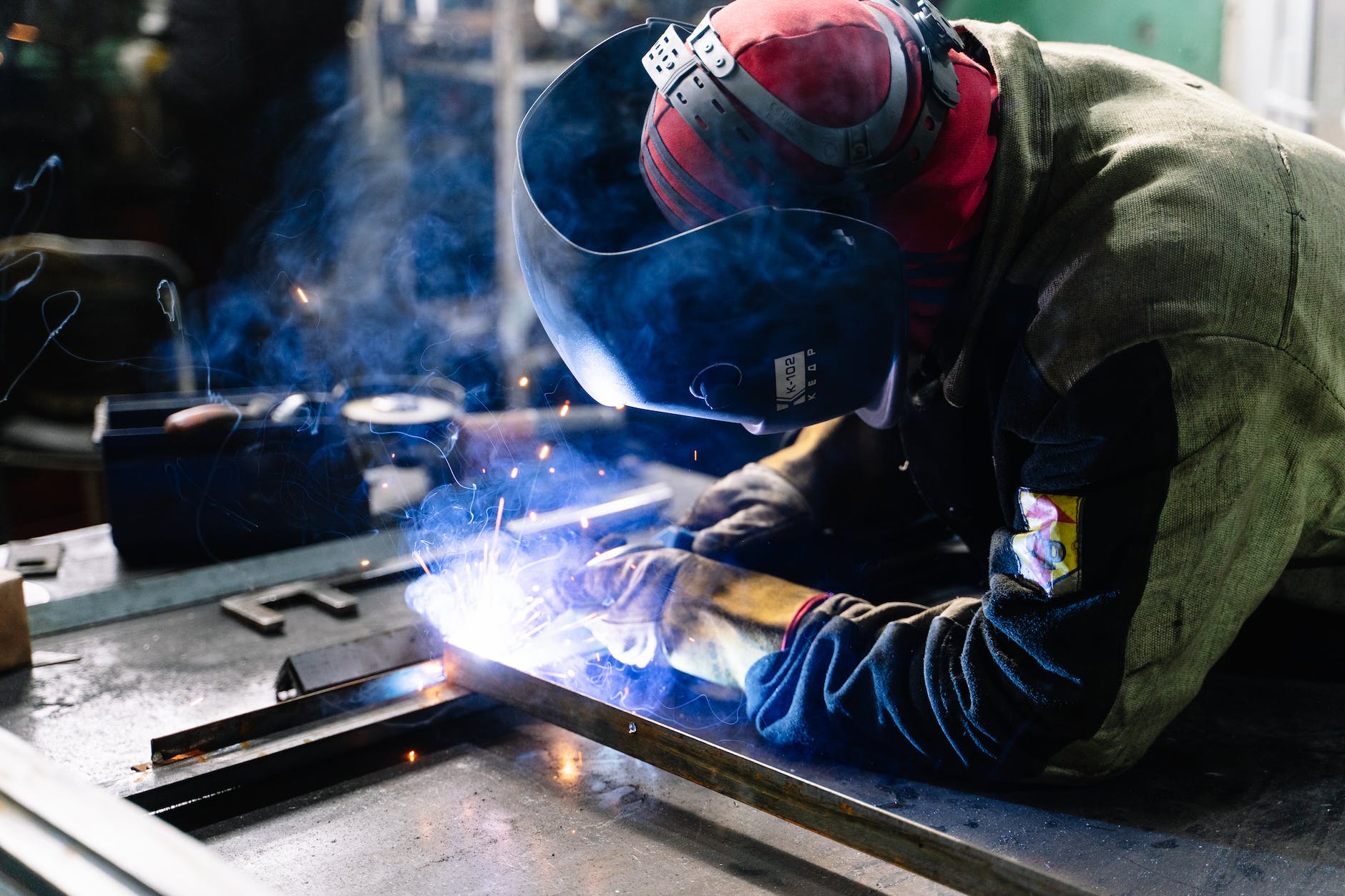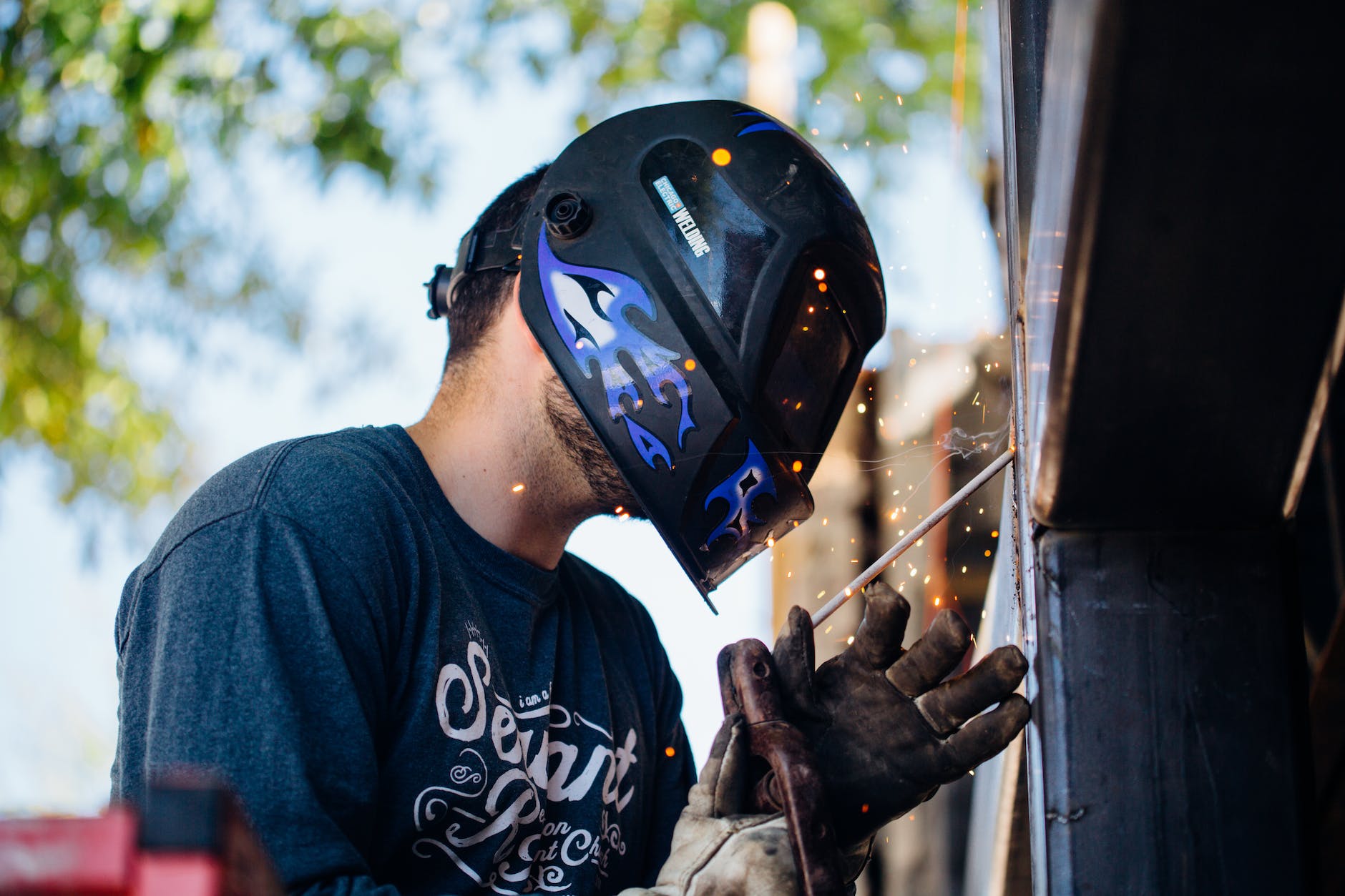
Welding
Welding is a crucial skill in various industries, including construction, manufacturing, and automotive. Whether you’re a DIY enthusiast or aspiring to become a professional welder to establish your business, having a clear understanding of the essential welding tools and equipment is fundamental. The welding experts have shared with the basic tools and equipments for beginner. According to them, there are a lot of advantages of robotic welding, but to get success in the industry, beginners should have the basic knowledge. In this article, we’ll guide beginners through the basics of welding tools and equipment.
Basic Welding Tools and Equipment For Beginners
Welding machine
The heart of any welding operation is the welding machine. It is also known as a welder or welding power source. There are several types of welding processes.
- Arc welding machines
- Resistance welding machines
- Gas welding machines
- Plasma Arc welding (PAW) machine
- Electron Beam welding (EBW) machine
- Laser welding machines
- CO2 Laser welding machine
- Fiber Laser welding machine
Beginners should choose a welding machine that suits their intended applications and skill level.
Welding Helmet
Welding helmets are crucial protective equipment, and safety is paramount. You have to choose right welding machine according to your work.
It is best to choose a welding helmet that is light weight but effective. In addition to shielding your eyes and face from harmful UV and infrared rays, this helmet also protects against sparks, debris, and splatter. It is highly recommended for beginners to use auto-darkening helmets. They automatically adjust the lens darkness in accordance with the welding arc. Besides, there are other ones including:
- Passive welding helmet
- Solar-Powered welding helmet
- Battery-Powered welding helmet
- Welding helmet with grinding shield
- Flip-Front welding helmet
- Respiratory welding helmet
- High-visibility welding helmet
Welding Gloves

Welding Gloves
Welding involves exposure to high temperatures and potential burns, making welding gloves a necessity. You need to use specialise welding gloves that are typically made from leather and are designed to withstand heat, sparks, and molten metal. Ensuring a proper fit and comfort is essential to maintain control over welding tools while staying safe. There are different types of gloves for welding, such as
- Standard leather welding gloves
- Gloves made from heavy-duty leather
- Goatskin welding gloves
- Aluminized welding gloves
- Kevlar-Stitched welding gloves
- Insulated welding gloves
- Cut-Resistant welding gloves
- Fingerless welding gloves
Welding Jacket or Apron
A welding jacket or apron adds another layer of protection to your body. These garments are flame-resistant and designed to protect your arms, chest, and upper body from welding hazards. You have to go for jackets or aprons made from durable materials to ensure longevity.
Welding Electrodes or Filler Rods
Beginners should choose electrodes that match the type of metal they are working with and follow manufacturer recommendations for proper storage and usage.
Welding Clamps
Securing the workpiece in place is crucial for accurate and steady welds. Welding clamps come in various sizes and designs, allowing beginners to hold their materials securely. Magnetic clamps are especially handy, as they can hold metal pieces together without obstructing the welding process.
Wire Brushes and Chipping Hammer
Wire brushes and chipping hammers play a vital role in cleaning the workpiece before welding. You can use wire brushes to prevent contamination of the welding surface, such as rust and paint. After welding, chipping hammers are used to remove slag and weld spatter.
Welding Table or Workbench
The use of a welding table or workbench provides a stable and safe workspace for welding projects. You can keep your work area organized and prevent accidents with a sturdy table with a fire-resistant surface.
Angle Grinder
An angle grinder equipped with a cutting or grinding wheel is a versatile tool for metal preparation. It can be used to cut, grind, and shape metal pieces before welding. Beginners should prioritize safety when using an angle grinder by wearing appropriate eye protection and ensuring a secure grip.
Conclusion
A beginner’s welding journey requires the right tools and equipment to ensure safety and quality. From protection to preparation, each piece of equipment is crucial. Beginners can build a strong, reliable weld by investing in these essential welding tools. Safety should always be a top priority when working with welding tools.






